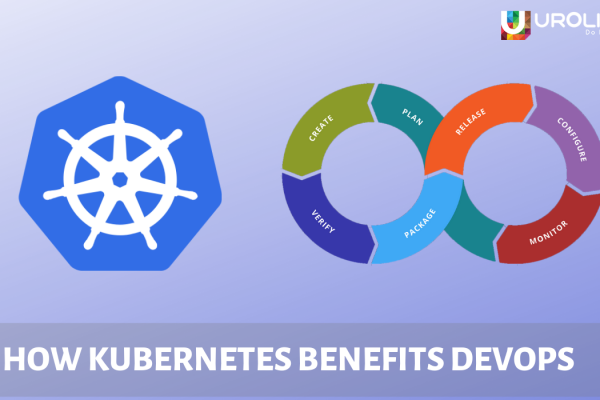We all know DevOps is a philosophy that is embraced by IT companies to advocate collaboration between development and operation staff during software development. Many software companies are recognizing the value of being a DevOps centric organization as it comes with operational and technical benefits. On the other hand, those companies who are sceptical about the scope of DevOps are also contemplating “having a DevOps transformation”.
When a company wants to adopt the DevOps approach, it will likely have many hindrances. So, paying attention to these vital aspects can really help companies who want to kick start their DevOps transformation journey. With the help of adept DevOps Consulting Services, your company can achieve rapid deployment of software and services to end-users by automating software delivery infrastructure through DevOps adoption.
What are the pain points?
AWS Cloud DevOps Consulting providers always help companies to discover where they are and what difficulties they will have to encounter in DevOps transformation. Such expert guidance and opinion ensure there will be fewer repercussions.
Siloed culture is a hindrance
Siloed working culture of your organization is the greatest hindrance in the DevOps journey. DevOps is not only an agile ideology but constantly shifting responsibilities and duties to the whole team members; where everyone is responsible for everything. In SDLC, flexibility is the key. If the employees are obstinate about not to adapt leads to nowhere. With DevOps, employees will have to be ready for new functions, roles and tools.
Tip to toe organisation change is vital
Prior and established methods in your organization cannot proceed with DevOps. The whole team must have a clear idea about their roles with regard to the current project. So, that management can be available to team members for timely communication and they can also ensure there is timely interaction takes place between team members to tackle any unwanted challenges or changing needs. In short, tip to toe working approach to collaboration and continuous improvement in communication can foster better DevOps adoption.
Set goals and impart trust
To kickstart DevOps centric journey, you need to rely on your entire team. They also need to see management as an all-time reaching point for communication. Where there is trust and credibility, the DevOps journey will be smoother. DevOps approach makes every team member responsible for everyone’s action. So, there would not be any missed deadlines, inflated data, the wrong proportion of resources and other operational setbacks. Since DevOps’s essential peculiarity is collaboration, timely appreciation of each member’s effort makes a huge difference.
Renewed skill sets
DevOps engineers and others have to be very reliable and adept at acquiring new skill sets to have a faster software deployment and other services. The whole team members must have access to education regarding new technologies in automation, deployment and so on. Discover what works for your team members and find the best tools and human resources to train them.
Summary
DevOps adoption is merging the art and science of software development to achieve greater efficiency in order to meet end-user requirements. Revitalizing and reimagining your team’s perception of the DevOps approach is possible by employing these tactics. It only requires some effort and time and the result will be continued successful software developments.
![]()






